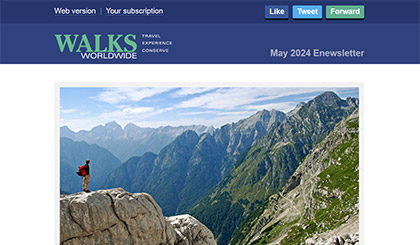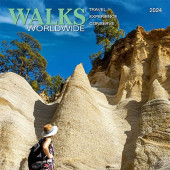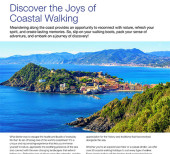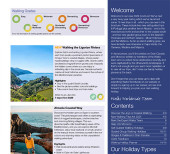


Start off easy
Everyone has to start somewhere. Instead of jumping straight into a strenuous walk, such as Everest Base Camp, start with something a little easier. Practice makes perfect. The more experience you can acquire the more enjoyable the most daunting of treks will become. Britain is excellent for walking, with terrains to match all experience levels. But, if you fancy something a bit further afield, Europe is an excellent training ground for the prospective walker. Spain and Italy provide easy walks with superb views, and often have better weather than drizzly England!
Invest in a good pair of boots
We cannot emphasise this enough! The amount of times that we’ve got blisters on our feet or hurt our ankle while on a walk is ridiculous, especially when it can be avoided by investing in a high-quality pair of walking boots. Walking boots will help to provide grip on slippy terrain and help to support the ankle. Comfort is key. Make sure they fit perfectly, otherwise they may do more harm than good. Pay particular attention to the sole - there should be a clearly defined heel, and a tread made from high-quality rubber.
Hydrate & eat well
You wouldn’t go on a road trip on an empty fuel tank, and you shouldn’t go on a walk without eating and drinking well. Always take more food than you need; it’s better to have too much than too little, especially if your trip goes on for longer than you anticipated. Food is your fuel, and you’ll need it to keep firing on all cylinders.
Pack tight & carry light
The last thing you want when facing the last stretch of a trek is a heavy bag weighing you down. If you don’t need it, don’t bring it. If you’re travelling in a group try to spread the weight around so that everyone’s got an even share. Packing is also incredibly important. We advise you to pack your sleeping bag at the bottom of your bag, and to place heavier items on top of this, close to your back, as it will help position more weight around your hips. Finally, put any warm clothing and those essential items on the top of your bag as it’s always best to have them in easy reach.










